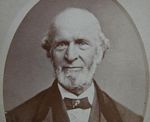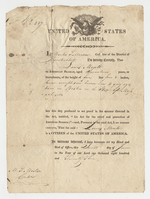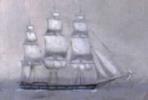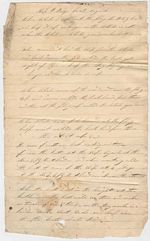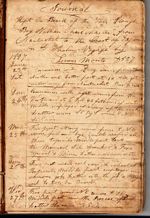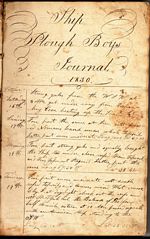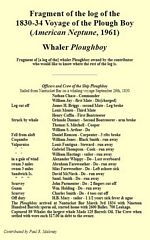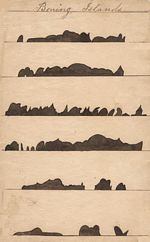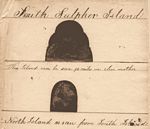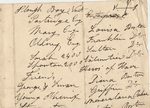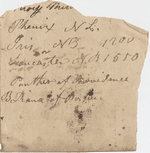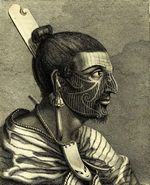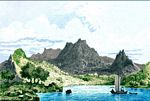Lewis Monto
Lewis Monto, son of Joseph Monto (1779-1812) and Mary Barrett (1786-1839) was born in Boston on August 13, 1806. At the age of 10 he was "taken in" by whale ship owner and sperm oil manufacturer Philip H. Folger in Nantucket to pursue an apprenticeship to learn the craft of a cooper.
When he was almost seventeen years old, Lewis registered as an "American Seaman" in Nantucket. He shipped on board the Nantucket whale ship Indus bound on a South Atlantic voyage to the Brazil Banks. On this and his next two voyages his position on board was cooper. The Indus returned May 24, 1824. It is likely that Lewis sailed on September 17, 1824 on the Plough Boy making its second voyage under the command of Captain William Chadwick. On this voyage, the Plough Boy sailed from Nantucket on September 1, 1824. It returned on March 12, 1827, having visited among other places, the Sandwich Islands (Hawaiian Islands) and St. Francisco in New Albion (San Francisco).
Lewis' daily journals of the Plough Boy's next two voyages – 1827-1830 & 1830-1834 under the command of Captain Nathan Chase – are transcribed here. On the 1830-1834 voyage Monto initially shpped as third mate; on return he held the second mate position. The Plough Boy sailed again on July 22, 1834 with Moses Brown as captain–returning on April 9, 1839. Lewis Monto was possibly the first officer on this voyage but there is no confirmation of that as fact.
In the fall of 1839, at the age of thirty-three, Lewis married eighteen year old Mary N. Cook of West Sandwich, Massachusetts. They lived at several differnt addresses in Boston before locating to nearby Alston. Until his death in 1881, Lewis was an "oil manufacturer" in Boston, for many years in partnership with Zibeon Southard.
The Montos had ten children who were born between 1842 and 1862; eight survived childhood. Lewis died in Allston, Massachusetts on March 26, 1881, and was buried in Evergreen Cemetery in the Brighton neighborhood of Boston.
A more detailed outline of Lewis Monto's life is found in the Chronology of Lewis Monto
|  Contents
Whalesite
Contents
Whalesite


